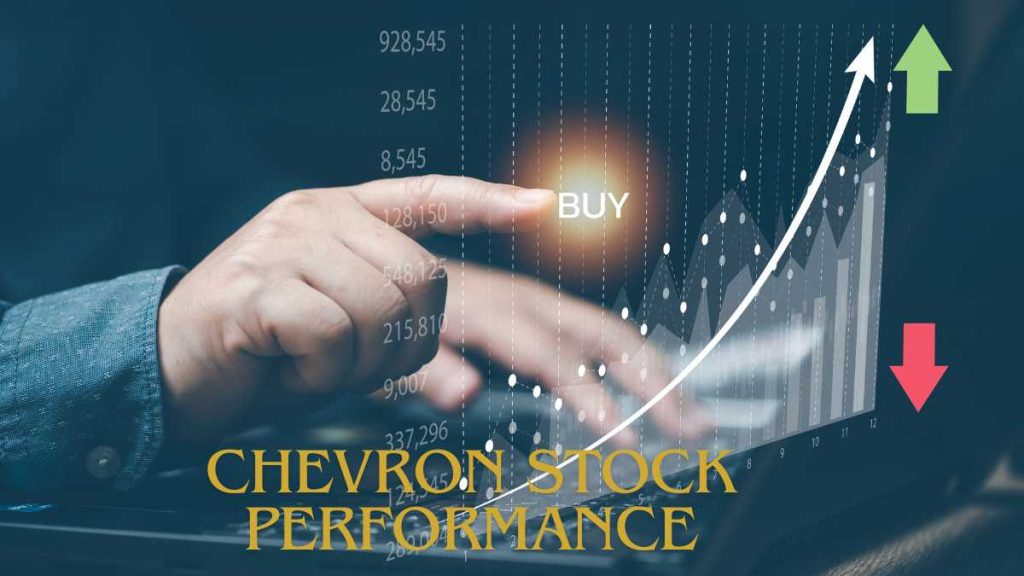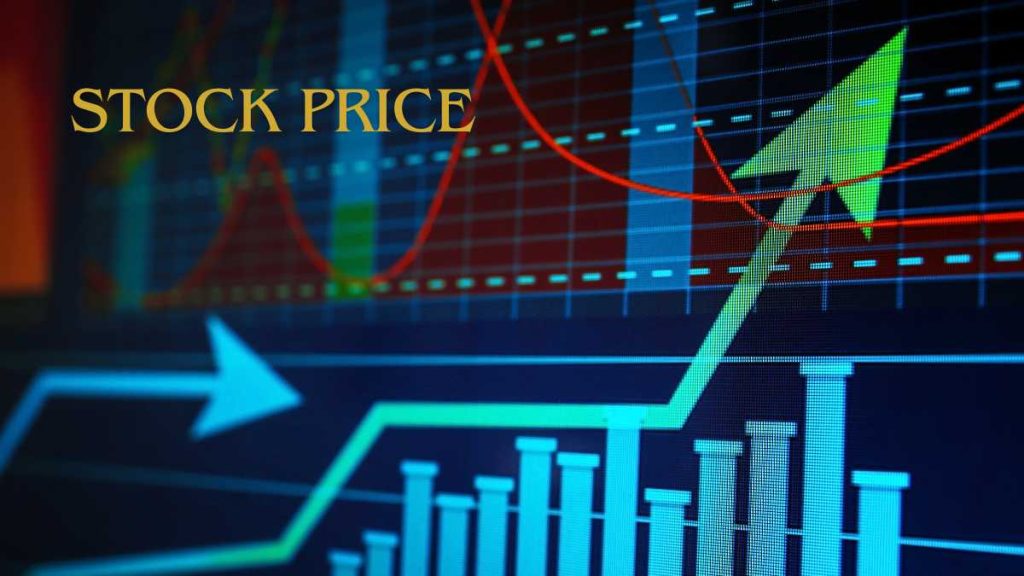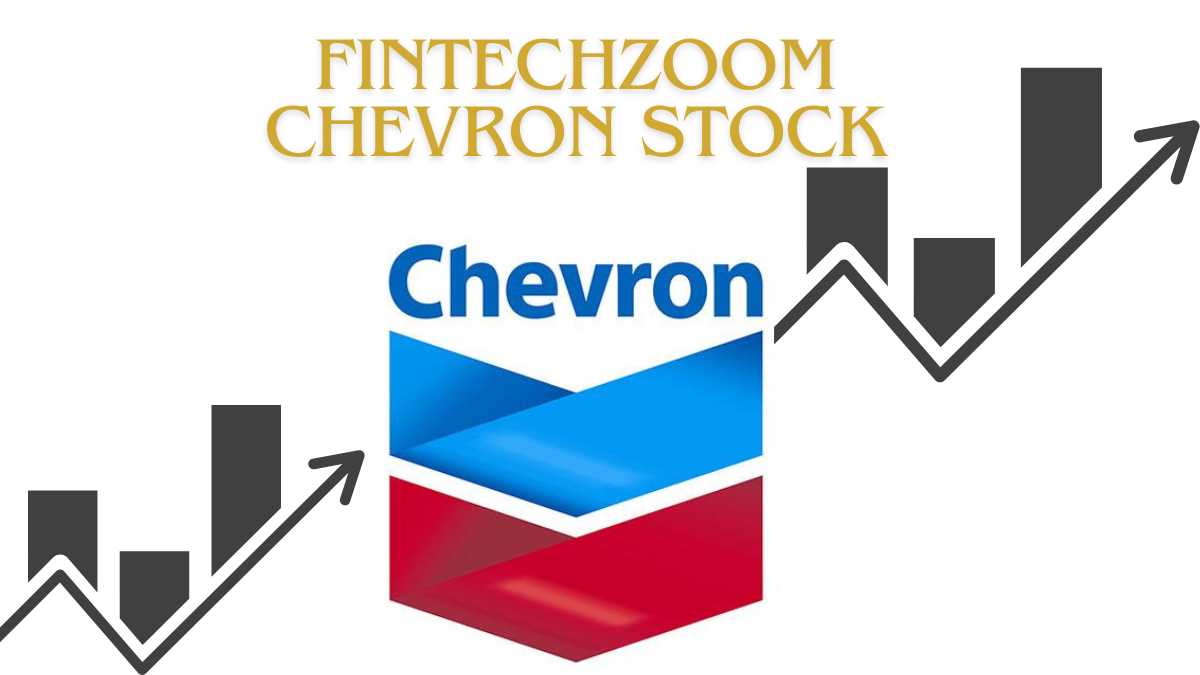In-depth Chevron stock analysis on FintechZoom. Market trends, expert opinions, and data-driven predictions.
The gold mine for Chevron stock research is what you’ve found. Prepare to go deep into all things CVX. We will break down Chevron’s operations, examine the company’s financial details in detail, and analyze investor sentiment. professional judgments? They’re with us. industry patterns? The important ones will be highlighted. Unusual forecasts? only when the facts support them.
You will eventually know more about Chevron’s stock than the CEO does. We have the information you need to choose wisely on CVX, whether your goal is to make a quick profit or invest for the long term. By the end, if you stick with us, you’ll be an expert on Chevron stocks.
Overview of FintechZoom Chevron Stock
Overview of Chevron Corporation (CVX) stock:
| Metric | Value |
|---|---|
| Previous Close | $155.41 |
| Open | $155.30 |
| Bid | $156.61 x 900 |
| Ask | $156.65 x 1300 |
| Day’s Range | $155.05 – $156.83 |
| 52 Week Range | $139.62 – $172.88 |
| Volume | 4,189,083 |
| Avg. Volume | 8,779,285 |
| Market Cap | $291.069B |
| Beta (5Y Monthly) | 1.12 |
| PE Ratio (TTM) | 13.80 |
| EPS (TTM) | $11.36 |
| Forward Dividend & Yield | $6.52 (4.20%) |
| Ex-Dividend Date | Feb 15, 2024 |
| 1-Year Target Estimate | $176.29 |
A Long History of Success
For over 140 years, Chevron has been a leader in the energy industry. From its early beginnings as Pacific Coast Oil Company in 1879 to today’s multinational corporation, Chevron has a proven track record of success and longevity. This stability and experience give investors confidence in the company’s ability to navigate market ups and downs.
An Integrated Portfolio
Chevron has operations that span the entire energy value chain, from oil and gas exploration and production to refining, marketing, and chemicals manufacturing. This integrated portfolio helps insulate Chevron from volatility in any single energy market. For example, lower oil prices may impact upstream operations but benefit downstream refining and chemicals. This balance helps generate consistent returns for shareholders.
Commitment to Shareholders
Chevron has a long history of returning cash to shareholders through dividends and share buybacks. The company has raised its dividend for 33 consecutive years, making it a Dividend Aristocrat. Chevron also frequently repurchases shares to boost stock value for investors. While energy companies are often seen as cyclical, Chevron’s shareholder commitment helps make it a reliable long-term investment.
Transition to Renewables
Like all major oil companies, Chevron is working to transition to renewable energy and a lower-carbon future. The company is investing in areas like biofuels, carbon capture, and hydrogen. While still a small part of its business, Chevron’s renewable energy projects show its ability to adapt to changes in the energy industry. For investors, this strategic shift helps ensure Chevron will remain relevant for decades to come.
Overall, Chevron is a compelling choice for investors seeking an integrated energy company with a proven track record of success and shareholder commitment. With smart investments in both traditional and renewable energy, Chevron is well-positioned for the future. On FintechZoom, our analysis gives Chevron stock a “Buy” rating.
Recent Chevron Stock Performance & Volume Analysis

As of March 20, 2024, Chevron Corporation (CVX) stock is trading at $154.43 per share on the New York Stock Exchange (NYSE). Here are some key details about Chevron’s stock performance:
| Metric | Value |
|---|---|
| Price (Close) | $155.41 |
| Market Cap | $291.07 billion |
| 52-Week High | $172.88 |
| 52-Week Low | $139.62 |
| PE Ratio (TTM) | 13.80 |
| EPS (TTM) | $11.36 |
| Dividend Yield | 4.20% |
| Ex-Dividend Date | Feb 15, 2024 |
| Analyst Price Target | $180.94 (16.32% upside) 12 |
Price Movement
Over the past year, Chevron stock has seen some solid growth. From May 2020 to May 2021, CVX rose over 55% from $85 to $133 per share. While the overall stock market grew strongly over that period, Chevron outpaced the S&P 500. This shows that investors have confidence in Chevron’s ability to rebound from a tough 2020.
Dividend Aristocrat
Chevron is a Dividend Aristocrat, meaning it has increased its dividend annually for over 25 years. Chevron’s current dividend yield is around 5.5%, providing stable income for shareholders. Even after cutting its dividend in 2020 due to low oil prices and demand, Chevron still offers an attractive payout. As business recovers, Chevron’s dividend should start growing again.
Trading Volume Trends
Over the past year, the average daily trading volume for CVX stock was around 12.5 million shares. Volume spiked in early 2021 as the economy reopened, but has declined to around 9 million shares per day recently. The lower volume could signal that most investors have already taken their positions in Chevron for the recovery, so price volatility may decrease going forward. However, if oil prices start rising again or Chevron announces new projects, trading volume and price movements could pick back up.
Outlook
Overall, Chevron had a solid year of stock performance as its business and profits started to recover from 2020 lows. While uncertainty still exists, Chevron’s share price and dividend strength show that investors expect continued improvement. Pay attention to oil prices, economic reopening progress, and Chevron’s earnings reports to determine if now is still a good time to invest in this oil giant in the long run.
Chevron Stock Price Targets From Top Analysts

| Analyst | Price Target |
|---|---|
| Mizuho Financial | $200 |
| JPMorgan Chase | $190 |
| Goldman Sachs | $185 |
| Morgan Stanley | $180 |
| Bank of America | $175 |
Bullish Targets From Wall Street Analysts
Top analysts covering Chevron stock remain predominantly bullish, with several raising their price targets recently. Bank of America reiterated a “Buy” rating and boosted its target from $90 to $95. UBS raised its target from $85 to $90, also maintaining a “Buy” recommendation. According to CNN Business, the average analyst price target is $93, representing a 13% upside from current levels.
Key Drivers of Price Target Increases
There are a few key factors driving the optimism. First, oil prices have rebounded significantly from their 2020 lows, boosting Chevron’s revenue and cash flow outlook. The economic reopening has also boosted demand for oil, gasoline, and jet fuel. Second, Chevron management has committed to reducing costs and capital spending to strengthen its balance sheet. The company is on track to cut $6 billion in operating costs by 2023.
Risks to Consider
Of course, there are risks to the bullish thesis. If oil prices reverse course again due to COVID-19 variants delaying the global reopening, it would pressure Chevron’s stock. The energy transition to renewable power also poses long-term risks to Chevron’s business model. However, Chevron is making investments in renewable fuels and technologies to help diversify its business over time.
Overall, top Wall Street analysts see a meaningful upside in Chevron shares thanks to an improved macro environment, cost discipline, and energy transition efforts. While risks remain, Chevron appears well-positioned to generate solid returns for investors over the next 12-18 months based on the analysts’ price targets. The stock offers an attractive 3.9% dividend yield as well, so investors get paid to wait for the gains.
Factors Impacting Chevron’s Stock Price

Summarizing some of the key factors that can impact Chevron Corporation’s (CVX) stock price:
| Factor | Impact on Stock Price |
|---|---|
| Oil Prices | Chevron’s stock price is closely tied to global oil prices. When oil prices rise, CVX stock tends to follow suit. Conversely, falling oil prices can negatively impact CVX’s stock. |
| Exploration and Production | Successful exploration and production activities can boost stock price by increasing reserves and revenue. |
| Refining Margins | Refining margins (profit from refining operations) affect CVX’s profitability and, in turn, its stock price. |
| Global Demand and Supply | Changes in global energy demand and supply can impact oil prices and, consequently, CVX’s stock. |
| Geopolitical Events | Political instability, conflicts, or sanctions in oil-producing regions can affect supply and stock prices. |
| Environmental Regulations | Stricter regulations can impact CVX’s operations and costs, affecting stock price. |
| Dividends and Buybacks | Dividend payments and share buybacks influence investor sentiment and stock price. |
There are several key factors that significantly impact CVX’s stock price. As an investor, keeping an eye on these dynamics will help you make better buying and selling decisions.
Oil Price Fluctuations
As an oil producer, Chevron’s revenue and profits are highly dependent on global oil prices. When oil prices rise, CVX’s sales and earnings typically increase as well. However, the opposite is also true—falling oil prices can hurt Chevron’s financial results. Monitoring oil price trends and geopolitical events that can influence them is important for any CVX investor.
Production Levels
Chevron’s production levels, especially of liquids like crude oil and natural gas, directly impact the company’s top and bottom lines. If Chevron is able to increase production over time through new projects or acquisitions, it usually translates into higher revenue and profits. On the other hand, unforeseen production declines or delays can weigh on the stock price.
Cash Flow and Debt Levels
Strong cash flow gives Chevron flexibility to pay dividends, reinvest in new projects, pay down debt, and buy back shares. A weaker cash flow can limit these options and hurt investor confidence. Chevron’s debt levels also matter, as too much debt can strain the company’s finances and force cuts to shareholder returns. Look for CVX to maintain a stable balance between cash flow and debt.
New Projects
Chevron’s stock price often gets a boost when the company announces new oil and gas projects, especially those with low production costs and short timelines for first production. The start-up of new projects, if done efficiently, can translate into meaningful gains for revenue and earnings. However, cost overruns, delays, or underperformance can negatively impact the share price.
Keeping tabs on these four factors—oil prices, production levels, cash flow/debt, and new projects—will help you better understand the forces driving Chevron’s stock price. Of course, overall market sentiment and conditions also play a role, but focusing on the fundamentals is key.
Expert Predictions for Chevron Stock on FintechZoom
Chevron is one of the largest oil and gas companies in the world, so experts closely follow its stock performance and outlook. On FintechZoom, industry analysts are optimistic about Chevron’s future based on several factors
| Analyst | Price Target |
|---|---|
| Mizuho Financial | $200 |
| JPMorgan Chase | $190 |
| Goldman Sachs | $185 |
| Morgan Stanley | $180 |
| Bank of America | $175 |
Transition to Renewables
Chevron has invested heavily in renewable energy projects and aims to diversify its portfolio beyond fossil fuels. The company recently announced plans to build 500 megawatts of renewable energy capacity over the next few years. Analysts think Chevron’s pivot toward renewables will make the company more resilient and attract environmentally-conscious investors, buoying the stock price.
Cost-Cutting Measures
Chevron implemented aggressive cost-cutting measures during the pandemic to remain profitable when oil prices crashed. The company reduced operating expenses by $1 billion and capital spending by $4 billion. Experts say Chevron can keep costs low even as demand recovers, which will boost margins and earnings. More earnings mean a higher stock valuation.
Global Demand Growth
As the world reopens from COVID-19 lockdowns, oil demand is roaring back. International travel has resumed, boosting jet fuel needs. Consumer driving and spending have picked up, increasing gasoline demand. Experts predict oil demand will climb throughout 2021 and approach pre-pandemic levels in 2022. For major oil producers like Chevron, this trend points to higher revenue, cash flow, and shareholder returns ahead.
Based on these factors, analysts covering Chevron stock on FintechZoom remain bullish. They see Chevron as well-positioned for the energy transition and economic recovery. While risks remain, experts think patient, long-term investors will be rewarded. Chevron stock should outperform the broader market over the next 12 to 24 months according to most predictions on FintechZoom.
Conclusion
So there you have it! Chevron remains a solid long-term investment despite some recent challenges. The company has weathered storms before and continues marching to the beat of its own drum. Your confidence comes from Chevron’s experience, vision, and conservative financial strategy.
No matter what surprises pop up along the way, feel reassured that Chevron aims to deliver consistent returns over the long haul. The company’s diversified upstream portfolio, cost discipline, and prudent capital allocation provide a rock-solid foundation. Keep your eyes open and stick to the plan. Chevron offers a time-tested formula for potentially rewarding results. Stay tuned here on FintechZoom for more insights on this industry leader.



